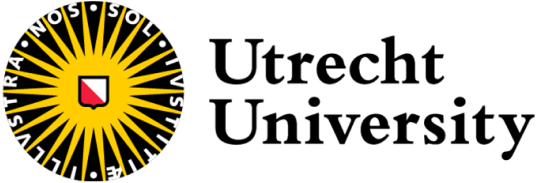About this course
body { font-size: 9pt;
Learning outcomes
At the end of this course, a student is able to:
• Define CW-complexes. Give some examples and counterexamples.
• Define homotopy between maps, homotopy equivalence between topological spaces and illustrate these notions by some examples.
• Define the fundamental group and compute it for a large class of spaces.
• State van Kampen's theorem and sketch its proof.
• State the classification of surfaces. Explain the terms "connected sum", "orient able" and "Euler characteristic".
• Define (universal) covers, state the main classification theorems about covers, and the universal property of universal covers.
• State and prove the path lifting property for covers.
• Define the notion of homology, and compute it for some small familiar examples.
Required prior knowledge
WISB124 Introduction to groups and rings and WISB243 Introduction to topology. See the courseplanner (cursusplanner.uu.nl) for the contents of those courses: select Faculty of Science and then the programme of the bachelor Mathematics of the most recent year.
Link to more information
- CreditsECTS 7.5
- Levelbachelor
- Contact coordinator
